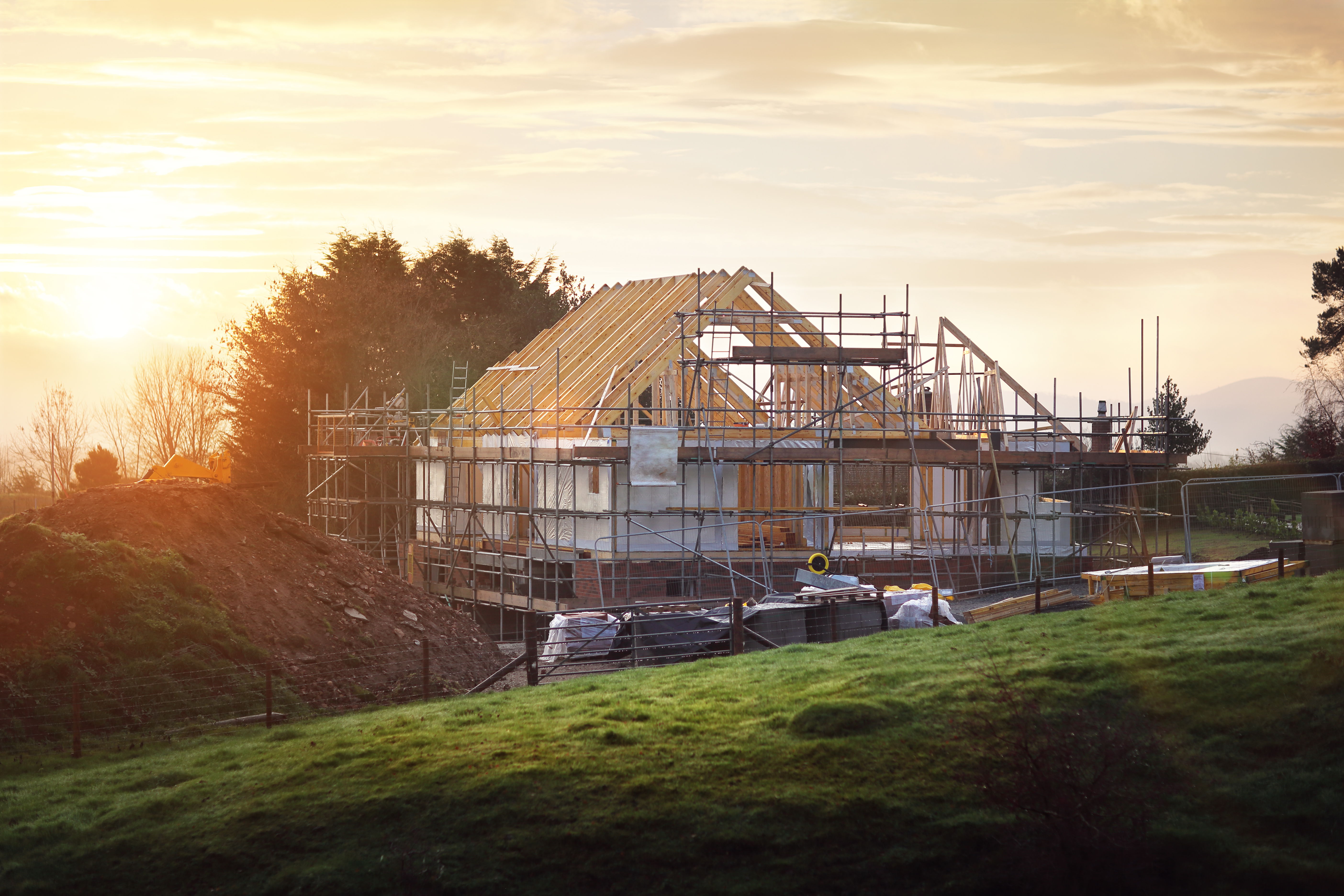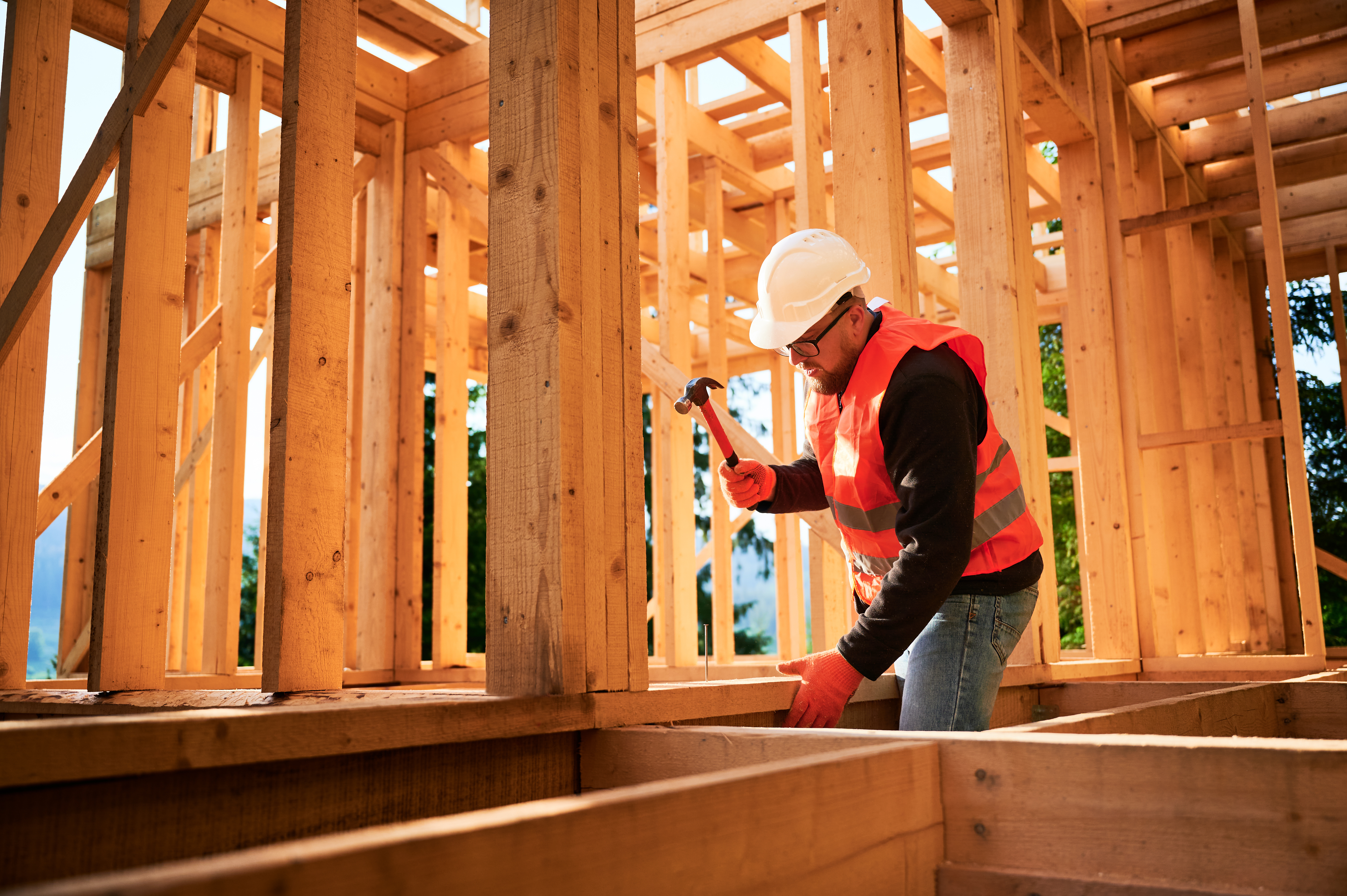Caprock Design + Build Blogs
Buildwise Journal
Caprock Design + Build Blogs
Buildwise Journal

How Homebuilders Can Incorporate Advanced Framing Techniques to Boost Home Efficiency
A high-quality, high-performance home starts with proper framing. However, while many builders understand the basics of home framing, there are additional techniques they could utilize to take their homes to the next level.
Are your framing strategies standard or exceptional?
In this blog, we explore practical ways you can incorporate advanced framing techniques to optimize efficiency, structural integrity, and sustainability in high-performance home building.

What Is Advanced Framing & What Does It Look Like In Action?
Framing lays the groundwork for every home, and it’s come a long way over recent years. Advanced framing techniques, aka optimum value engineering (OVE), are the newest innovations in home framing.
The purpose of advanced framing is to unlock even greater efficiency and sustainability while keeping up with evolving structural standards. This is done by reducing both waste and material usage.
Advanced framing techniques include:
Following energy-saving framing strategies such as in-line
Applying continuous drywall at interior partitions
Using single-top plates instead of double
Reducing the amount of studs needed
Cutting materials to an ideal size to reuse scraps elsewhere
Using the right-sized windows and rim joist window headers
Spacing floor joists and roof rafters correctly
Using inexpensive drywall clips or scrap lumber for drywall backing
Advanced framing also incorporates techniques like insulated headers, continuous insulation sheathing, and cavity insulation to maximize thermal performance, reducing energy consumption and enhancing comfort within the home.

What Are the Benefits of Advanced Framing for Homebuilders & Homeowners?
Advanced framing techniques offer a host of benefits beyond structural integrity. These are just a few reasons advanced framing should be a preferred choice for high-performance home builders:
1. It Increases Energy Efficiency
One of the biggest benefits of advanced framing techniques is that they help you construct energy-efficient homes that exceed industry standards for thermal performance and sustainability.
It does this by reducing the amount of framing in stud-framed walls, which allows more room for insulation and thermal bridging (the transfer of heat from inside the wood framing to the outside surface of the wall).
2. It Reduces Your Environmental Impact
Advanced framing minimizes waste and resource usage, making it a more sustainable option compared to traditional framing methods. Builders can reduce their environmental footprint by embracing advanced framing techniques that often result in less lumber.
Some of the techniques that save you the most include:
Using two-stud corner framing
Swapping inexpensive drywall clips or scrap lumber instead of studs.
Eliminating headers in non-load-bearing walls
Increasing header spacing
3. It Saves You Money
One of the main reasons builders have been incorporating advanced framing techniques is how they contribute to cost savings in construction projects.
By reducing thermal bridging and optimizing insulation placement, advanced framing techniques contribute to lower heating and cooling costs and enhanced indoor comfort for homeowners. Fewer materials mean lower building costs, and less waste means spending less on waste removal.

Practical Advanced Framing Tips for Builders
Despite the proven benefits of advanced framing, many builders hesitate to integrate advanced framing techniques into their process because they believe they’re difficult to apply, they aren’t familiar with the techniques, or they don’t want to mess with design and material changes.
However, these techniques don’t have to be hard on your team and your wallet. These practical tips can help you adopt advanced framing methods into your process, so you can deliver high-quality homes while remaining competitive in the market.
1. Start Your Design with a Two-Foot Module
When designing building length, width, and roof pitch, stick to 2-foot increments. Because many products come in multiples of 2 feet, this will help you reduce material use, labor, and waste.
With this technique, you can make the most out of the products you order while extending their use throughout the home. For example, an entire cutoff from a centercut sheet of plywood could be utilized for another space, eliminating the need for an additional cut and reducing scrap.
2. Change Your Approach to Framing
A major component of advanced framing techniques involves in-line framing. When you align floor, wall, and roof framing elements directly above or below one another, loads are distributed evenly and directed downward.
This removes the need for double top plates. Additionally, studs can be placed directly below roof trusses spaced 24 inches on-center, which cuts down on the need for more studs.
On top of in-line framing, use ladder blocking to ensure your framing transitions are solid and efficient. With ladder blocking, you nail five 2-by blocks horizontally from stud to stud rather than framing 3-stud channels, using additional framing, or adding a triple stud to a stud bay. This provides a great nailing service for perpendicular walls and drywall while also allowing you to run electrical or insulation behind it.
3. Adjust Your Window and Door Layout
Another simple yet powerful advanced framing technique to implement involves your window and door alignment.
Strive to always align at least one side of each window and door in line with an existing stud and attach the other side with a metal hanger. This allows you to support an insulated header with hangers and secure siding toward the outer edge of studs with nails, which cuts down on waste and improves home insulation.
Also, choose windows with 22½ inch rough openings, which can easily fit between studs spaced 24 inches on-center. This window size, combined with in-line framing, removes the need for headers or cutting studs.
4. Make Your Plans as Detailed as Possible
Efficiency is all in the details.To ensure you dot all your I’s and cross all of your T’s, your plan should show:
Each piece of wood and cross-bracing
Locations for all wiring
Duct layout
Pipe locations
Detailed plans may seem like a headache. However, more often than not, they help eliminate conflicts over space, speed up installation, and reduce the need to alter or move essential framing elements later.
5. Consider Compliance and Code Considerations
While advanced framing techniques offer numerous benefits, builders must ensure compliance with local building codes and regulations. Having direct communication with local code officials is the best way to navigate code requirements and obtain necessary approvals for implementing advanced framing methods in your projects.
Not sure where to get started? Read through this LinkedIn article to learn how to best comply with OSHA and local standards for foundation and framing work.
6. Prioritize Collaboration and Training
Effective implementation of advanced framing techniques requires collaboration among designers, engineers, and construction teams. Builders should recognize the importance of training and upskilling their workforce to ensure they are equipped with the knowledge and skills needed to execute these techniques efficiently.
Even the best of the best still benefit from continuing education.

Be the Future of Home Construction with Advanced Framing Techniques
Even with a strong understanding of the importance of proper framing, many builders fail to take advantage of the opportunities advanced framing techniques can provide. Incorporating the tips above can help you improve a home’s energy efficiency from the inside out, cut material costs and waste, and build homes that outshine the competition.
Join us next week as we continue our journey into advanced building techniques by exploring a building necessity for homes in climates like the Texas Panhandle: the science of air sealing and moisture control. We hope to see you there!
Whether you’re dreaming of your new forever home or want to improve the comfort and beauty of your existing home with renovations, Caprock Design + Build uses a personalized and streamlined approach to bring your vision to life. Reach out now to get started!

